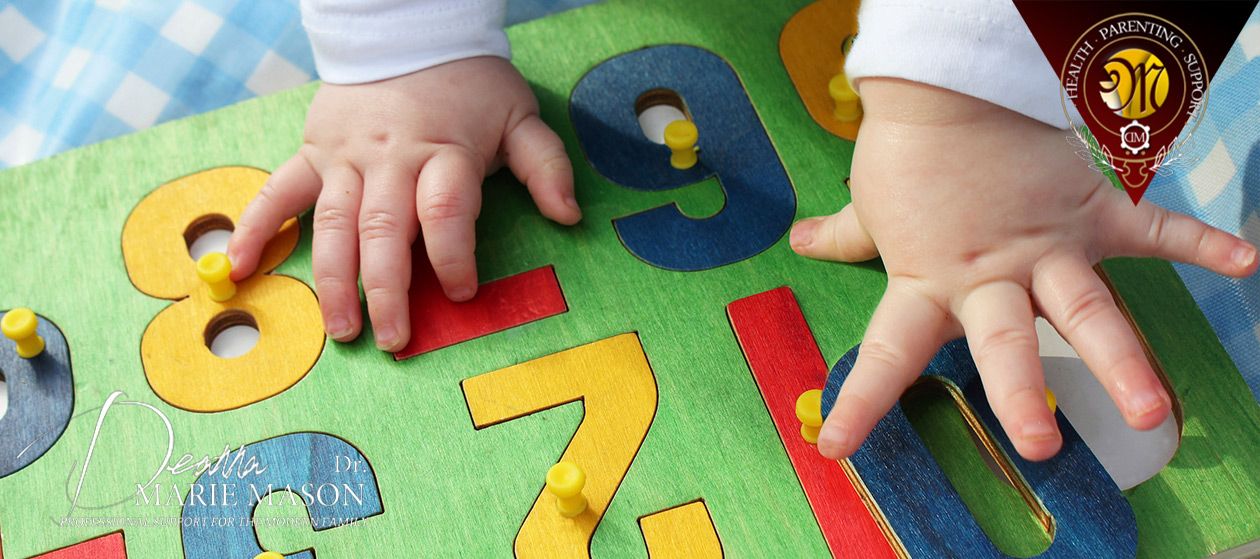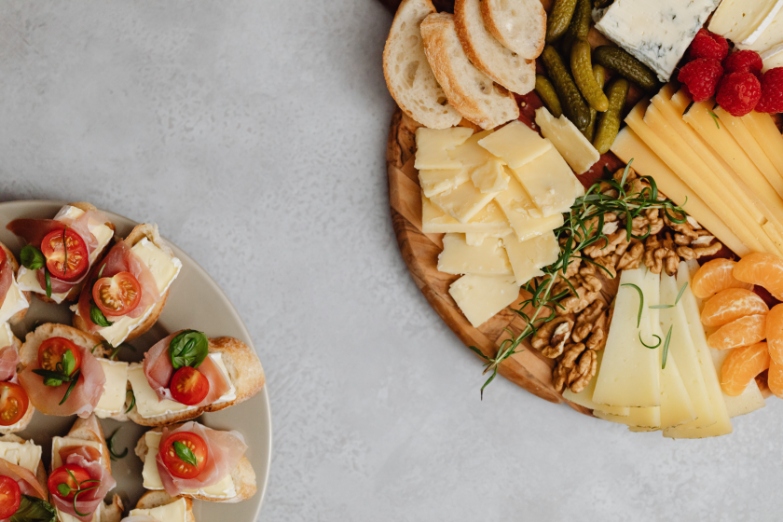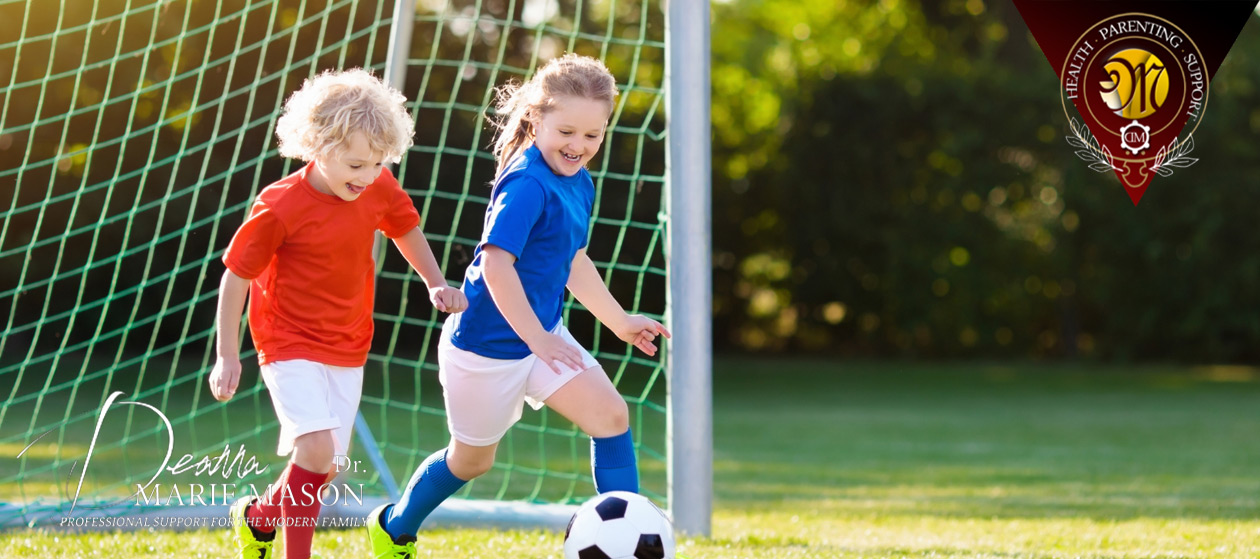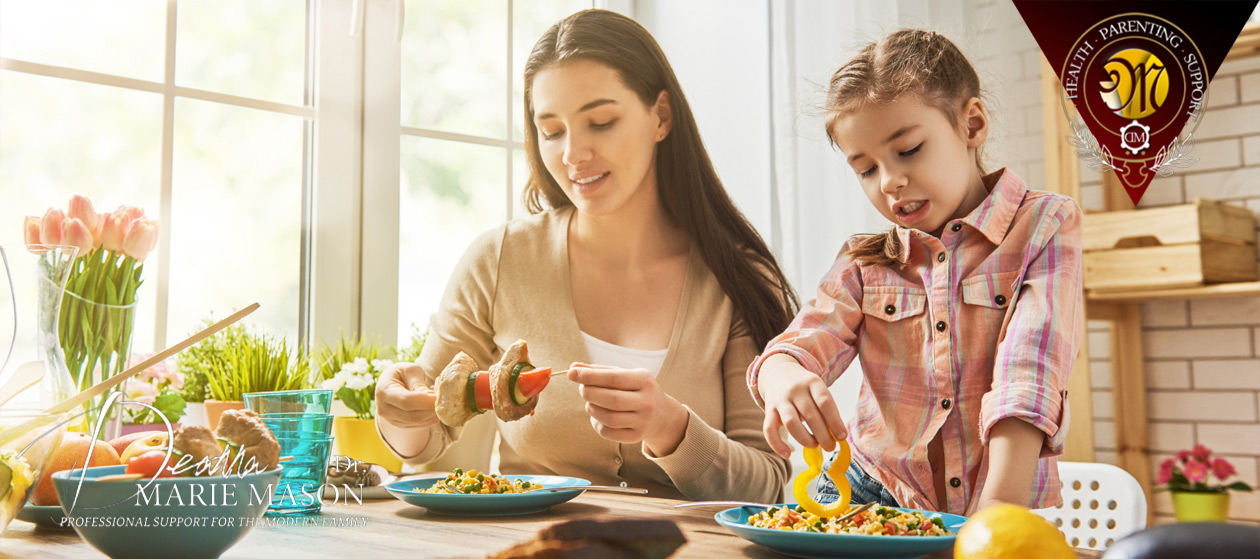The best toys for the baby are the traditional ones, without a doubt.
A baby’s development is centered on increasing strength and coordination, improving memory, and evolving verbal communication (talking). Strength and coordination involve learning to control their bodies to begin to creep, crawl and then walk. It also involves being able to manipulate objects in their environment, such as bringing food to their mouth or grabbing a toy. Improving memory is a cognitive process in which babies learn that objects and people are permanent; this means that mom still exists when she leaves the room or a toy is still available if it is covered by a blanket. It seems like simple stuff, but it really is a wonderfully complicated task. And, finally, babies progress in their ability to communicate verbally throughout the first year of life. Their cries gradually modify into words as they learn to control their tongues and mouths to create specific sounds that, in turn, create specific reactions.
So, what does all this have to do with toys? Well, toys that help babies move forward on one or all of these tasks will be enjoyable to the baby, will support their healthy growth and development, and will not cause delays or interfere with their natural development. Therefore, selecting toys that match the development of the child is the best way to find a great toy that your baby will love!
Therefore, what toys fit all these needs?
Babies that are 0 to 6 months:
- A security object. Examples could be a stuffed animal, a soft doll, or a blanket. Security objects can help baby feel secure in the transition between home, grandma’s and grandpa’s home, daycare, or different hotels when traveling.
- A play mat. From the second week of life, babies are aware of movement, light, and bright colors. A play mat supports the improvement of eye movements, strength and coordination.
- Picture books with simple words to be read out loud help babies begin to relate concepts (e.g. “cat”) with the sound of the word “cat.” Real books are better than electronic books or books on a tablet or Kindle.
Babies that are 6-12 months:
- Teething rings. Most babies begin to cut their first teeth around 6 months of age. A teething ring helps the new teeth to cut through the gums.
- Rattles and shakers are great at this age. Babies begin to understand that their hands are their own around 5 months. This awareness means that they can actively learn to manipulate their hands. Rattles and shakers help them link their body movement with a concrete reaction. Together, this helps improve coordination.
- Blocks, activity balls, and balance pyramids. These toys help babies control their hands, arms, and mouths. At this age, babies love to explore their world with their whole bodies, especially their mouths! This constant exploration helps them improve their coordination.
- Both picture books and touch books are wonderful at this age. Babies love to be read too and love to look at picture alone too. Reading out loud helps tremendously in language development. Again, real books. Not electronic books on a tablet or Kindle.
One final topic must be covered regarding electronic toys and applications that are available in most toy stores or on computers, tablets, and phones. These toys and applications generally mesmerize infants and keep them completely entertained for extended periods of time. However, these toys and applications do not support babies’ natural development.
Playing with a computer, tablet or phone will not improve strength and coordination. Nor will it improve memory. And, as research studies have shown, they do not help improve communication. Advertisers are trying to sell their products and claim benefits for babies. However, over and over the data does not support their claims.
Parents can be informed and make good decisions for their babies that support their natural development and fit perfectly with their babies’ needs. Choosing traditional toys will help your baby develop in a healthy way while also saving money. Sounds like a perfect choice!
Source: Sosa, A.V. (2016). Association of the Type of Toy Used During Play With the Quantity and Quality of Parent-Infant Communication, JAMA Pediatrics, 170(2). pp. 132-137.
About the instructor
Proactive Parenting
Deanna Marie Mason PhD
More than 20 years of clinical experience helping families:
Bachelor's Degree in Registered Nursing, Master’s Degree in Pediatric Nurse Practitioner and PhD in Nursing. University professor, patient education specialist, pediatric researcher, published author and reviewer to first-line international scientific journals, continuous philanthropic activity related to health promotion and education, wife and mother of two children.






